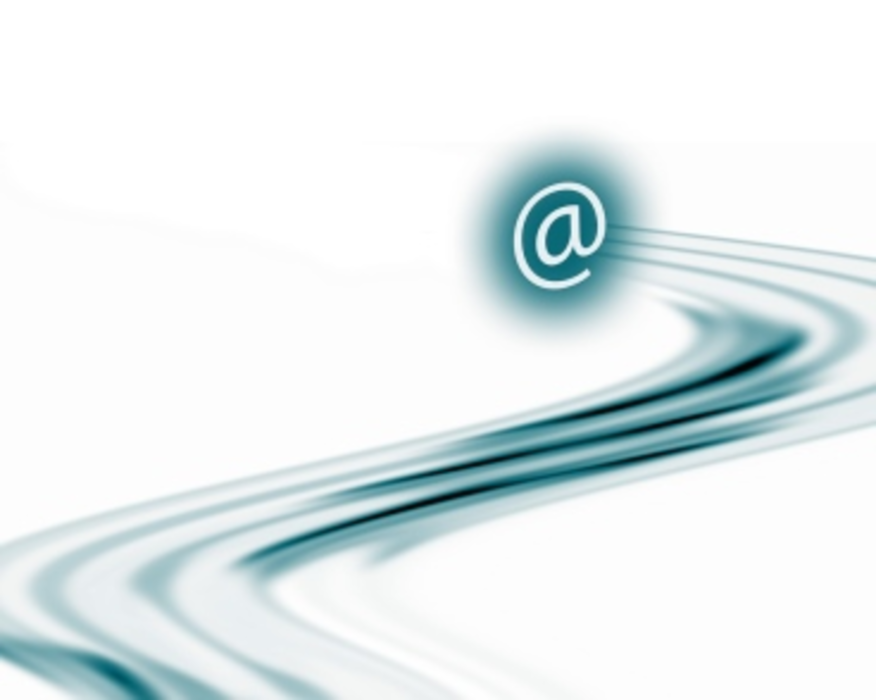With marketers’ growing ability to predict customer likes and dislikes, event-triggered emails are increasingly tailored, relevant—and most important, effective. Dominique Levin, VP of marketing at predictive marketing tech firm AgilOne, says the most successful triggers in email marketing are prompted by predictions. “Marketers should always use the data they’ve collected to draw behavior and preferences, then optimize campaigns,” she says.
According to Ellie Mirman, however, despite the availability of effective algorithms and cloud-based technology, many marketers are not using automated emails to the fullest. “Overall, email triggers are underused,” says Mirman, inbound marketing funnel manager at HubSpot. “[But] triggered emails are among the best performing emails a marketer can possibly send.” Mirman says the formula for a successful email is relevance blended with timeliness and value. “It’s up to the marketer to jump on that opportunity and align a valuable offer,” she adds.
Marketers who use email triggers in their campaigns can spark precious, one-to-one digital conversations with customers, says Lisa Cramer, CEO and founder of marketing automation technology company LeadLife. “With batch-and-blast emails, you just can’t get that,” Cramer explains. “If that digital conversation isn’t created, then [marketers] aren’t able to get the engagement or the leads the sales team needs.”
Marketers can, however, use these top five triggers to help send the right message to the right customers at the right time.
Reminder emails
“The key is to send reminder emails at the ideal time to meet [customers’] needs,” AgilOne’s Levin says. These types of emails can come in many forms: abandoned cart emails, incentive emails that provide discounts, emails that retarget and remind customers what they’ve browsed on the site—even replenishment emails based on predictions of when a customer might need to restock on an item, such as vitamins.
Clusters
Segmenting a customer base allows marketers to send different content to different people that’s more like to resonate specifically with each group. “So many marketers email [customers] without much segmentation or targeting of content,” HubSpot’s Mirman says. Clusters of segmented customers can be based on innumerable factors, including demographics, geography, brand affinity, and product preferences.
Transactional triggers
Emails based on past customer transactions enable marketers to suggest future purchases. Customers who buy V-neck sweaters might receive a discount via email for a closeout on V-neck sweaters at the end of the season. Those who buy a computer might receive an email for computer accessories. “Make recommendations,” Levin says.
Loyalty-point emails
Accumulated loyalty points give customers incentive to take action—quickly. “Sending an email that essentially says, ‘Your points are about to expire!’ motivates customers,” Levin explains. Marketers can track how much a customer is spending, and then respond with more points to encourage shopping. Levin says that loyalty points are great triggers to keep consumers coming back.
Customer appreciation emails
A compliment can go a long way; a simple thank you note or gift, or even a reminder of a customer’s loyalty status compared to other shoppers shows gratitude. “Customer appreciation emails tap into a certain psychological part of a person being wanted,” Levin adds.








